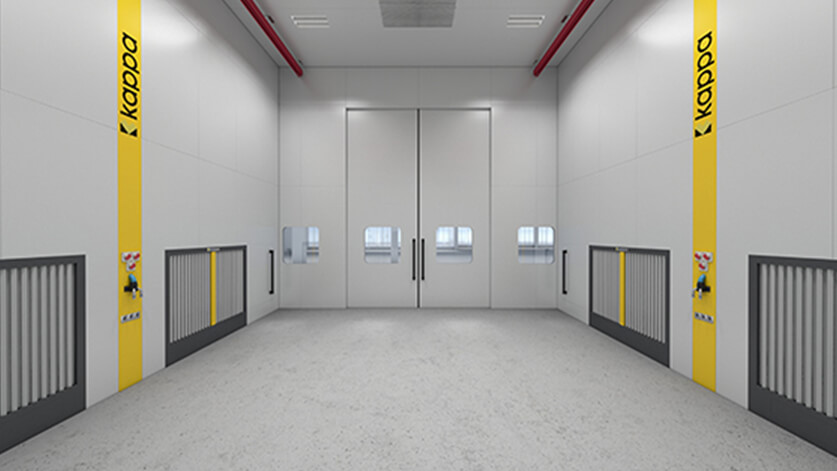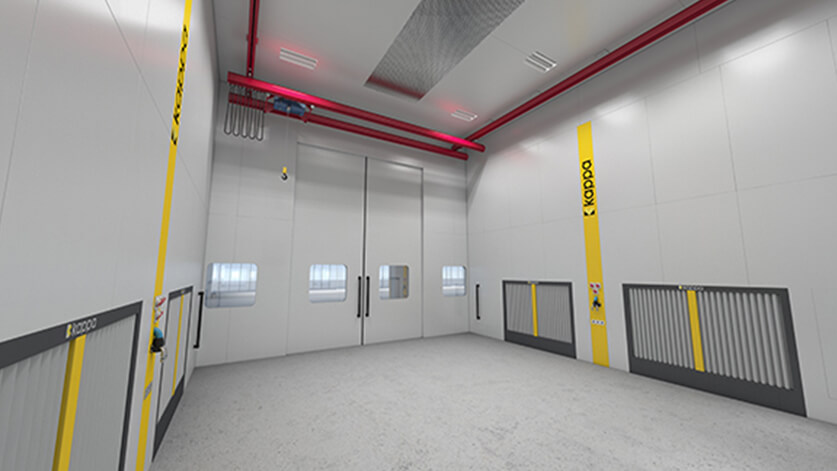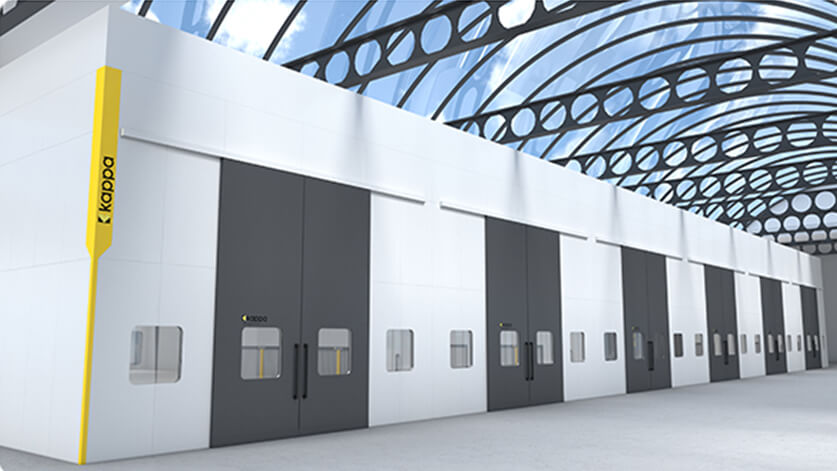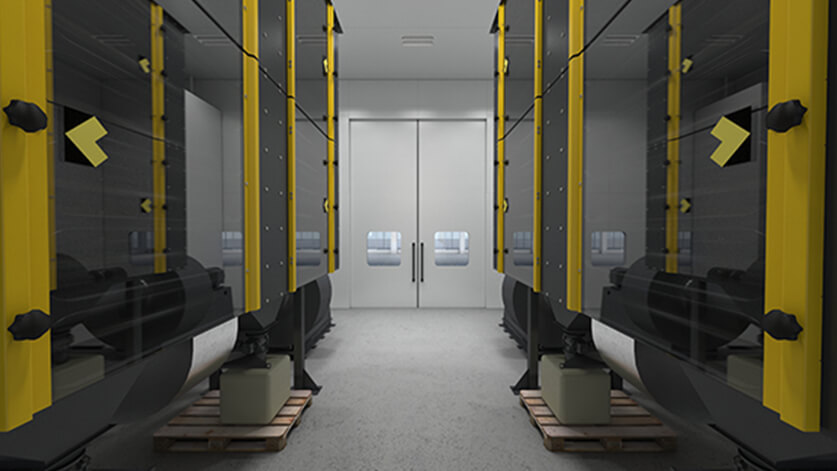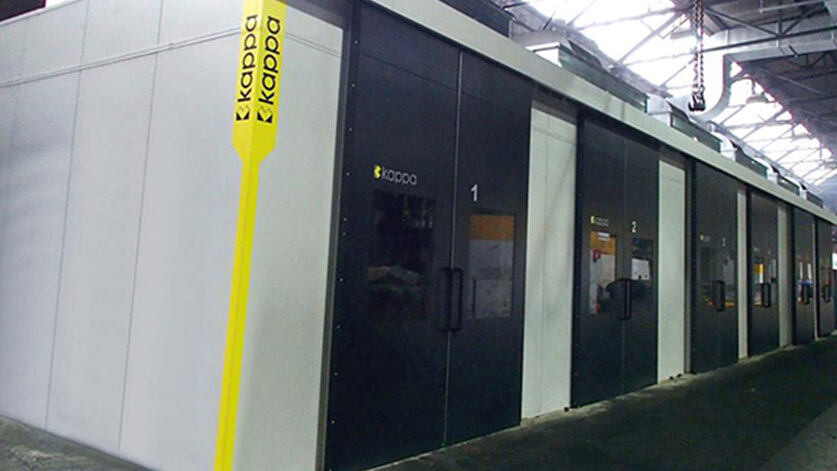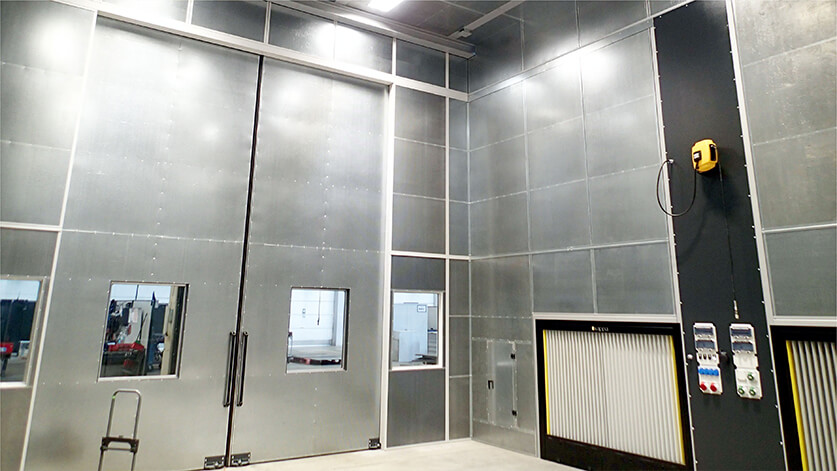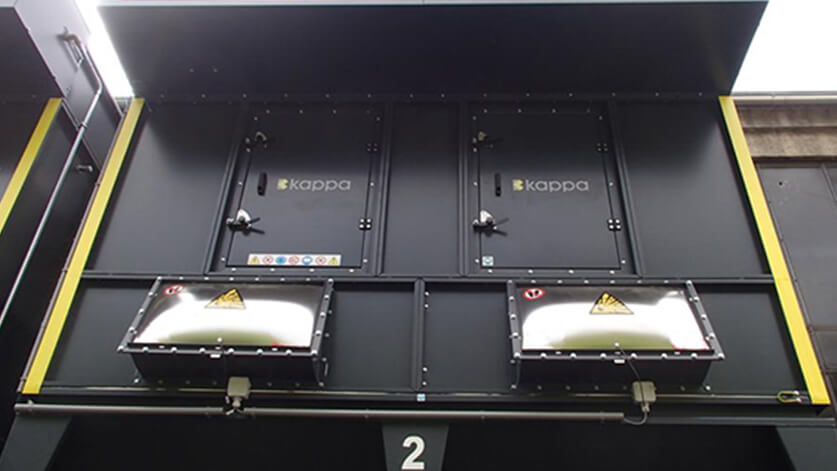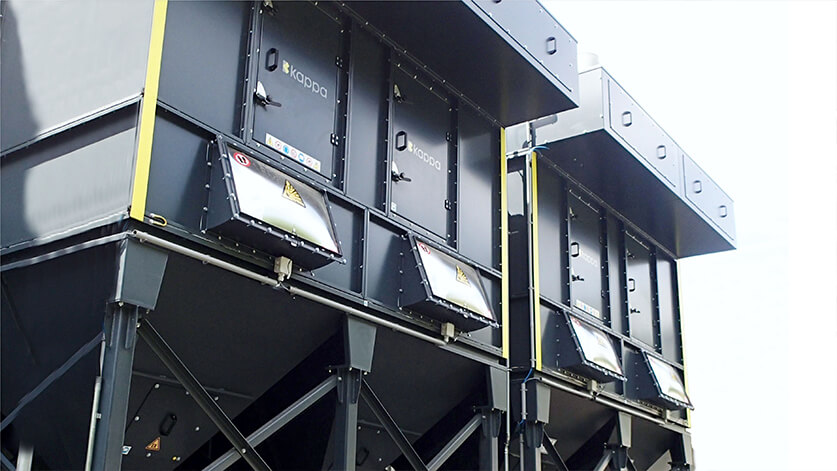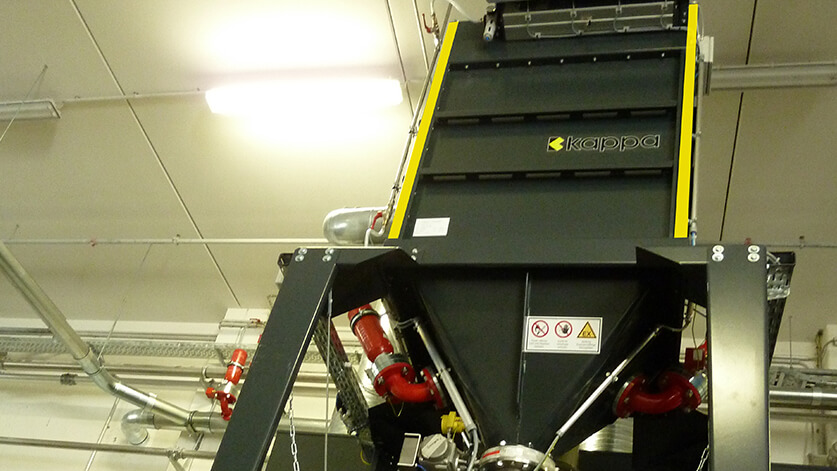The art of metal grinding without grinding dust
In the past, it was customary to give your workpiece your own artistic touch. Only then it was perfect. In times of mass production, this is hardly possible anymore. In metal grinding, however, you can still find the attention to detail that is otherwise only found in arts and crafts. The perfect surface after metal grinding paired with the individual touch of the worker still makes the component appear as a work of art, with regularly recurring patterns and a radiant surface.
Sanding without releasing sanding dust is impossible, as excess material is removed. Fine dust is not only deposited in the immediate vicinity of the grinding process, it is also distributed throughout the entire hall. However, it does not have to come to this - metal grinders, neighboring employees or machine operators must not be exposed to or endangered by grinding machines. Grinding dust must therefore be collected and removed.
We support you in all areas of sanding dust collection and filtration with a wide range of collection systems, booth solutions and complete hall air cleaning systems, regardless of whether it is manual sanding or machine sanding.
1) Direct emission capture:
Depending on the workpiece and the sanding tools used, sanding dust can be extracted directly at the source. Sanding machines often have enclosures where the sanding dust can be extracted directly. We offer individual capture devices as well as extraction arms, walls or tables with corresponding filter systems for optimum capture and separation of hazardous sanding emissions.
2) Sanding booths:
Sanding booths are the ideal solution when large workpieces are sanded and processing has to be carried out from several sides. They ensure that the sanding dust does not spread throughout the entire production hall. The sanding booths are equipped with integrated air technology. Emissions are captured via extraction walls and the booth is supplied with fresh air. Depending on the design, the sanding booths also provide optimum noise protection for the other employees. We offer a comprehensive range of sanding booths from small to large booths.
Harald Schneuber, Project Manager at Kappa, reports: "Some time ago, a machine manufacturer approached us with the task of restructuring the sanding work. The large components were distributed throughout the hall, which led to a considerable amount of dust and soiling of the entire hall. We developed and installed a solution with large-volume, friendly and optimally lit sanding booths. Loading and unloading is carried out from the front or rear using forklifts. Each cabin is equipped with a crane. The cabins are bright and friendly and have their own lighting concept. Emissions are captured via extraction walls integrated into the walls and cabins are supplied with fresh air. In addition, each cabin has a central suction system for cleaning purposes, and the entire air technology is integrated in a separate equipment room.
After just a short period of operation, our customer confirmed the excellent working conditions in the cabins and that the dust deposits in the entire hall have been largely eliminated and the cleaning effort during operation has also been significantly reduced."
3) Optimum air technology: combination of direct capture and hall air purification
Optimum protection of employees from sanding dust can be achieved through a combination of direct collection (sanding dust extraction) and hall air purification. Where possible, the emissions (sanding dust) are collected directly and separated in decentralized or centralized filter systems. The diffuse hall emissions, which are difficult or impossible to capture, are captured and separated via the Kappa hall air purification system. The extracted waste heat is also recovered and used to heat the supply air during the heating period. The hall air purification system supplies the production hall with fresh air and thus ensures a balanced air balance.
“The systems supply the entire hall with clean and correctly tempered fresh air and also set new standards in terms of energy efficiency by recovering the waste heat with a high degree of efficiency,” says Karl Rieger, Technical Manager Plant Engineering at Kappa.
4) Fire and explosion hazard averted:
Depending on the base material of the workpiece to be sanded, sparks or explosive dusts may also be released. The type of protective measures required to capture and separate emissions depends on the respective risk and hazard assessment and the resulting EX zone classification in accordance with the ATEX directive. The resulting protection concepts range from organizational measures to constructive explosion protection. We deal with fire and explosion protection concepts on a daily basis and offer comprehensive planning advice and legally compliant implementation in accordance with the ATEX Directive.
